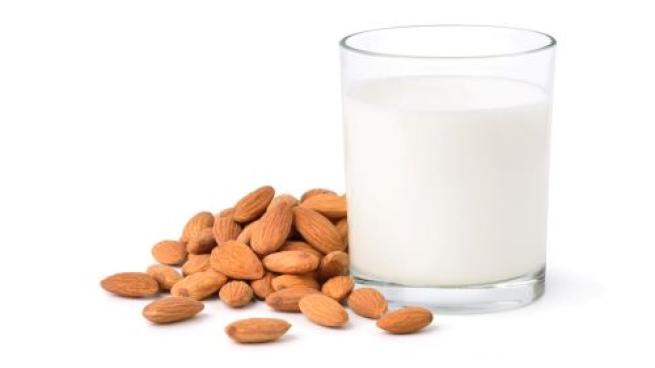
Plant-based dairy alternatives — running the gamut from milk, yogurt and cheese to creamer, sour cream and dips — are continuing their upward trajectory in the marketplace and contributing to declines in traditional dairy sales. Some factors driving this trend are consumer concerns about the environment and animal welfare, perceptions that plant-based options are more healthful, and general interest in consuming a more plant-based eating pattern.
Despite the popularity of plant-based dairy, however, traditional dairy is still very much on the table, according to a study by USDA’s Economic Research Service (ERS).
The ERS researchers used household panel data to examine purchases of cow’s milk versus plant-based alternatives and found that cow’s milk remains a staple even among shoppers who bought plant-based alternatives. For example, at some point during 2017, 92% of American households bought cow’s milk, as did 90% of households who also bought plant-based alternatives, suggesting that most consumers find room for both options in their households.
Which is More Nutritious?
It’s difficult to compare the nutritional value of traditional dairy products with plant-based alternatives made from diverse ingredients like almonds, soy, oats, cashews, macadamia nuts, sesame seeds, peas, rice, hemp, flax and others.
One reason is that traditional dairy products like cow’s milk must follow standards of identity, which legally define the composition of certain food products listed in the United States Code of Federal Regulations. Because of the standard of identity, consumers can expect a cup of cow’s milk to supply certain amounts of nutrients like protein, calcium, vitamin A and potassium. Plant-based alternatives aren’t required to meet a standard of identity, however, and may vary widely in nutrition content, depending on ingredients and whether they’re fortified with vitamins and minerals.
Retail Dietitians Sort It Out
Retail dietitians are ready to help shoppers sort out the vast array of choices and understand that swapping traditional dairy for plant-based dairy — or swapping among different types of plant-based dairy — isn’t necessarily a one-to-one trade from a nutrition standpoint.
Dietitians can show shoppers how to read labels to spot relevant nutritional differences. For instance, traditional dairy and other animal products are key sources of vitamin B12 in the diet. Vegans, who don’t eat animal foods, must take care to include B12 from fortified foods or supplements. However, some — but not all — types of plant-based dairy are fortified with B12. Then again, some plant-based dairy products contain mostly “heart-healthy” unsaturated fats and maybe even a few grams of fiber, compared with some traditional dairy products that contain mostly saturated fat and no fiber. Both examples show the importance of comparing Nutrition Facts labels to find the best options for each shopper’s circumstances.
Dietitians can also customize recommendations for shoppers with health concerns like lactose intolerance or milk, soy or nut allergies. These professionals can also consider shoppers’ general eating patterns, taste preferences and budgets, given that plant-based options often cost more than traditional dairy
"traditional" - Google News
April 22, 2021 at 10:10PM
https://ift.tt/3sEDiPf
Traditional Versus Plant-Based Dairy - Progressive Grocer
"traditional" - Google News
https://ift.tt/36u1SIt
Shoes Man Tutorial
Pos News Update
Meme Update
Korean Entertainment News
Japan News Update
Bagikan Berita Ini














0 Response to "Traditional Versus Plant-Based Dairy - Progressive Grocer"
Post a Comment